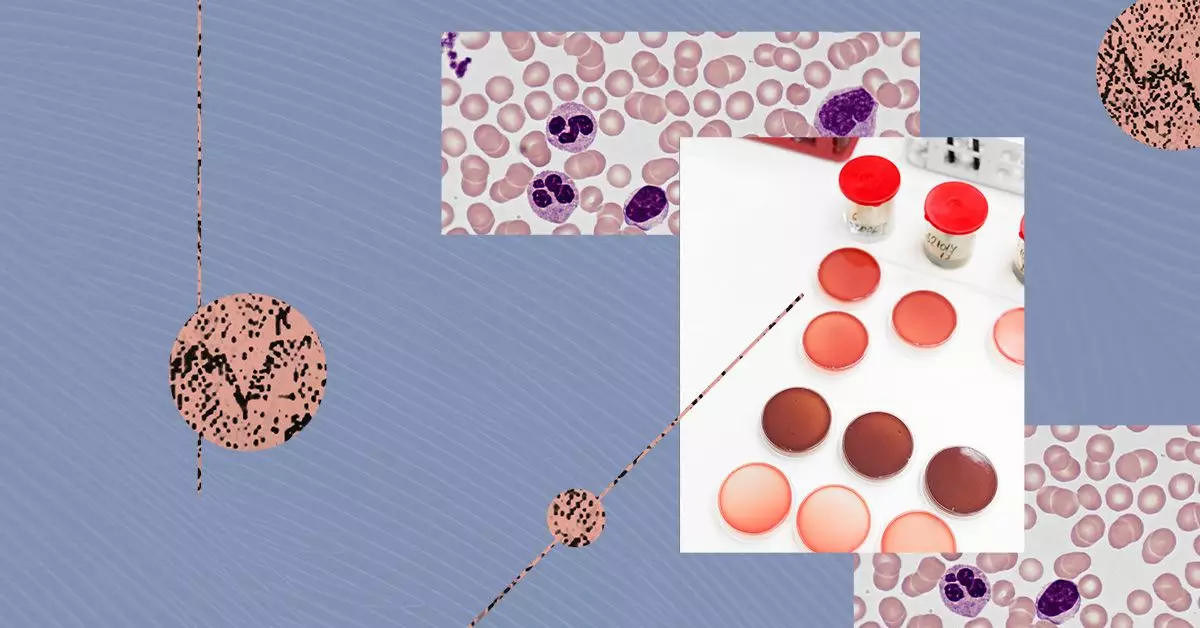Multiple myeloma (MM) is a complex and multifaceted condition that affects individuals on various levels. It is primarily categorized based on the abnormalities present in the plasma cells, a specific type of white blood cell responsible for producing antibodies. Here, we delve deeper into the distinct types of multiple myeloma, their characteristics, and related disorders that shed light on the multifactorial nature of plasma cell diseases.
Multiple myeloma emerges when plasma cells, which are typically responsible for producing immunoglobulins to fight infections, become malignant. The cancerous plasma cells multiply uncontrollably, leading to a serious depletion of normal blood cells and disrupting the body’s immune functions. This abnormal proliferation is what characterizes multiple myeloma, presenting challenges for diagnosis and treatment.
MM can be broadly classified into four categories: typical myeloma, light chain multiple myeloma (LCMM), nonsecretory myeloma (NSM), and IgM myeloma. Each type indicates a different underlying pathology and requires nuanced treatment strategies. Understanding these categories is crucial, as they inform the prognosis and the therapeutic paths available to patients.
**Typical Myeloma:** This is the most prevalent form of MM and is often subdivided into various subtypes depending on the type of immunoglobulin produced. The most frequently encountered subtype is IgG kappa myeloma, characterized by the production of two identical heavy chains (IgG) and two light chains (kappa). The remaining subtypes include IgA, IgD, IgE, and IgM, which are also classified under the typical myeloma umbrella.
**Light Chain Multiple Myeloma (LCMM):** LCMM is specifically marked by the presence of only light chains in the bloodstream, leading to a different clinical picture compared to typical myeloma. While it accounts for about 15% of all MM cases, it is observed to have a more aggressive progression and a less favorable prognosis. The absence of significant heavy chains complicates the diagnosis and can delay treatment.
**Nonsecretory Myeloma (NSM):** Representing a rarer subtype of the disease, NSM is characterized by minimal or absent monoclonal protein production. This lack of immunoglobulin presence makes diagnosis particularly challenging, as standard tests may not reveal the presence of the disease until it has advanced significantly.
**IgM Myeloma:** This subtype is extremely rare, constituting less than 0.5% of all MM cases. Its clinical features are often confused with Waldenström macroglobulinemia, a similar malignancy affecting lymphoplasmacytic cells. Accurate differentiation is paramount for effective treatment as the management strategies differ significantly between the two conditions.
In addition to the classical forms of MM, several plasma cell disorders exist that, while not classified as active multiple myeloma, possess malignant potential or pre-cancerous characteristics. These include:
**Smoldering Myeloma (SMM):** This precursor to active MM is marked by an elevated plasma cell count and increased monoclonal protein without clinical symptoms. While SMM does not immediately necessitate intervention, close monitoring is crucial as it can transition into symptomatic MM over time.
**Solitary Plasmacytoma:** This condition occurs when there is a singular tumor of abnormal plasma cells located outside the bone marrow. Treatment typically involves localized radiation therapy, with a favorable prognosis if managed early and correctly.
**Monoclonal Gammopathy of Undetermined Significance (MGUS):** This benign condition is characterized by the presence of monoclonal protein without any associated symptoms or end-organ damage. While MGUS is not cancerous, patients with this condition require regular screening, as a subset may progress to more significant forms of plasma cell disorders.
**Light Chain Amyloidosis (LCA):** In LCA, an abnormal production of light chains leads to amyloid deposition in various organs, which can impair their function severely. Despite the link to atypical plasma cell growth, the underlying pathology diverges significantly from typical MM, highlighting the complexity of these hematologic malignancies.
The landscape of multiple myeloma and related plasma cell disorders is intricate, presenting numerous challenges in terms of diagnosis and treatment. With varied types, from typical myeloma to rare subtypes like IgM myeloma and the precursor conditions such as MGUS, a tailored approach to patient management is essential. Ongoing research into these conditions is critical for developing more effective treatment strategies and improving patient outcomes. Understanding the distinctions among these varied forms of plasma cell abnormalities not only aids in clinical decision-making but also fosters awareness and education surrounding this protean disease landscape.


Leave a Reply